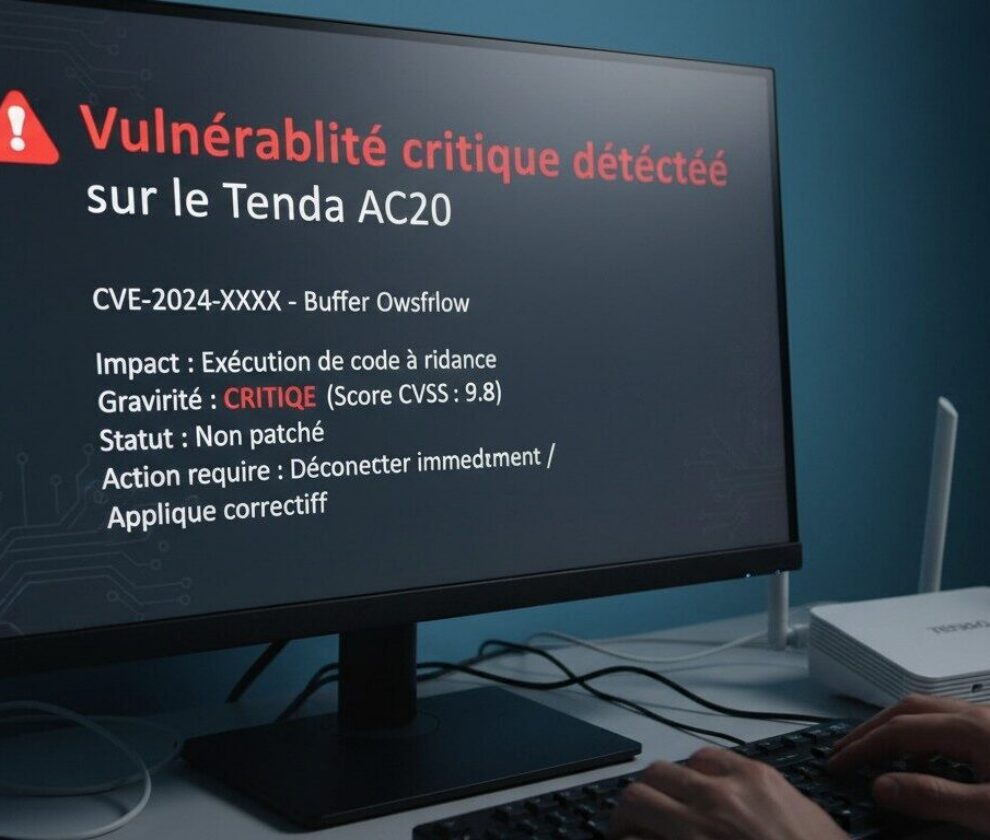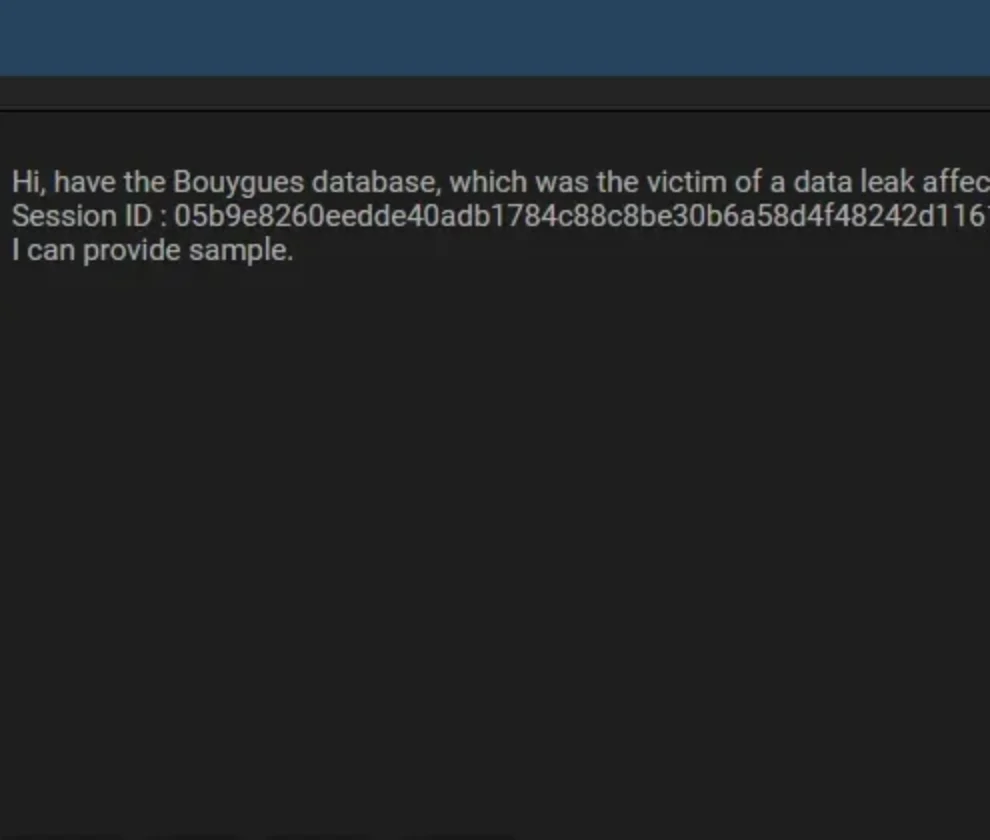CVE-2025-11046: A critical security vulnerability has been identified in Tencent WeKnora version 0.1.0. This alarming flaw has prompted cybersecurity experts to issue stern warnings due to its severity and potential for exploitation.
What Is Tencent WeKnora?
Tencent WeKnora is an innovative solution, currently at version 0.1.0, designed to streamline various network infrastructure operations for businesses. However, researchers have uncovered a significant flaw in one of its key functionalities that could jeopardize its security framework.
Understanding the CVE-2025-11046 Vulnerability
The vulnerability arises from an issue within the testEmbeddingModel function, specifically located in the /api/v1/initialization/embedding/test file. Through manipulation of the baseUrl parameter, attackers could exploit a Server-Side Request Forgery (SSRF). This technique allows malicious actors to execute unauthorized requests from the affected server, creating dangerous entry points for critical data breaches.
What Are the Risks?
- Potential for sensitive data exfiltration.
- Discovery and misuse of accessible server resources.
- Internal pathway exploitation enabling lateral movement within systems.
Security Measures and Recommendations
To address the vulnerability and mitigate associated risks, follow these best practices:
- Update Immediately: Tencent has confirmed that recent updates address and resolve the vulnerability. Apply these patches without delay.
- Enhance Input Validation: Enforce strict user input filtering for all API endpoints to minimize exposure.
- Monitor Logs: Analyze logs for suspicious activity or anomalous traffic originating from the aforementioned file.
Action Plan for Tencent WeKnora Users
If you’re using Tencent WeKnora, ensure your systems remain secure by following these steps:
- Identify any instances of affected versions in your infrastructure.
- Implement recommended patches or updates from Tencent.
- Test updates on a test platform before deploying across your organization.
Learn More About CVE-2025-11046
To dive deeper into this vulnerability, consult trusted resources like VulDB for detailed technical insights.


